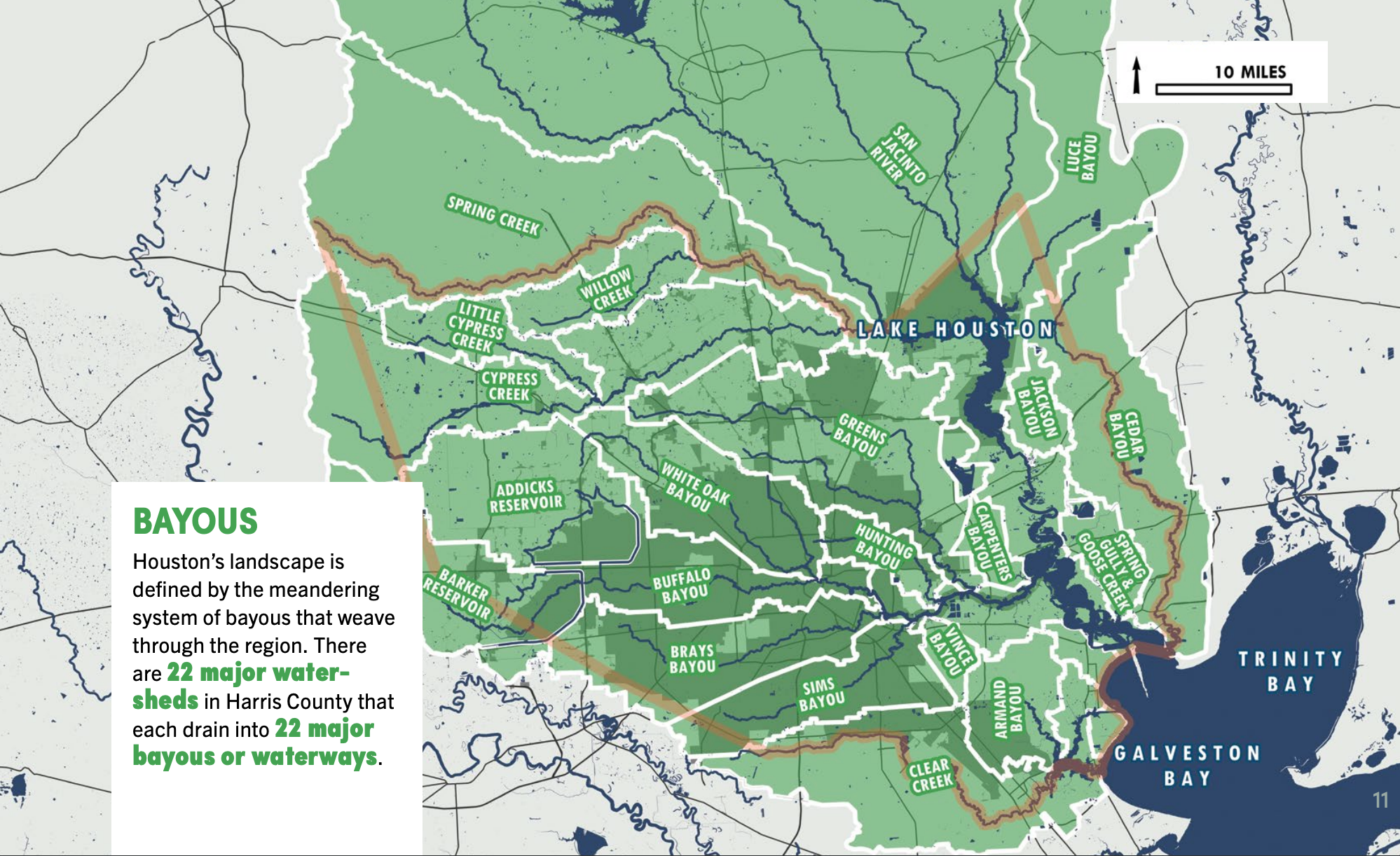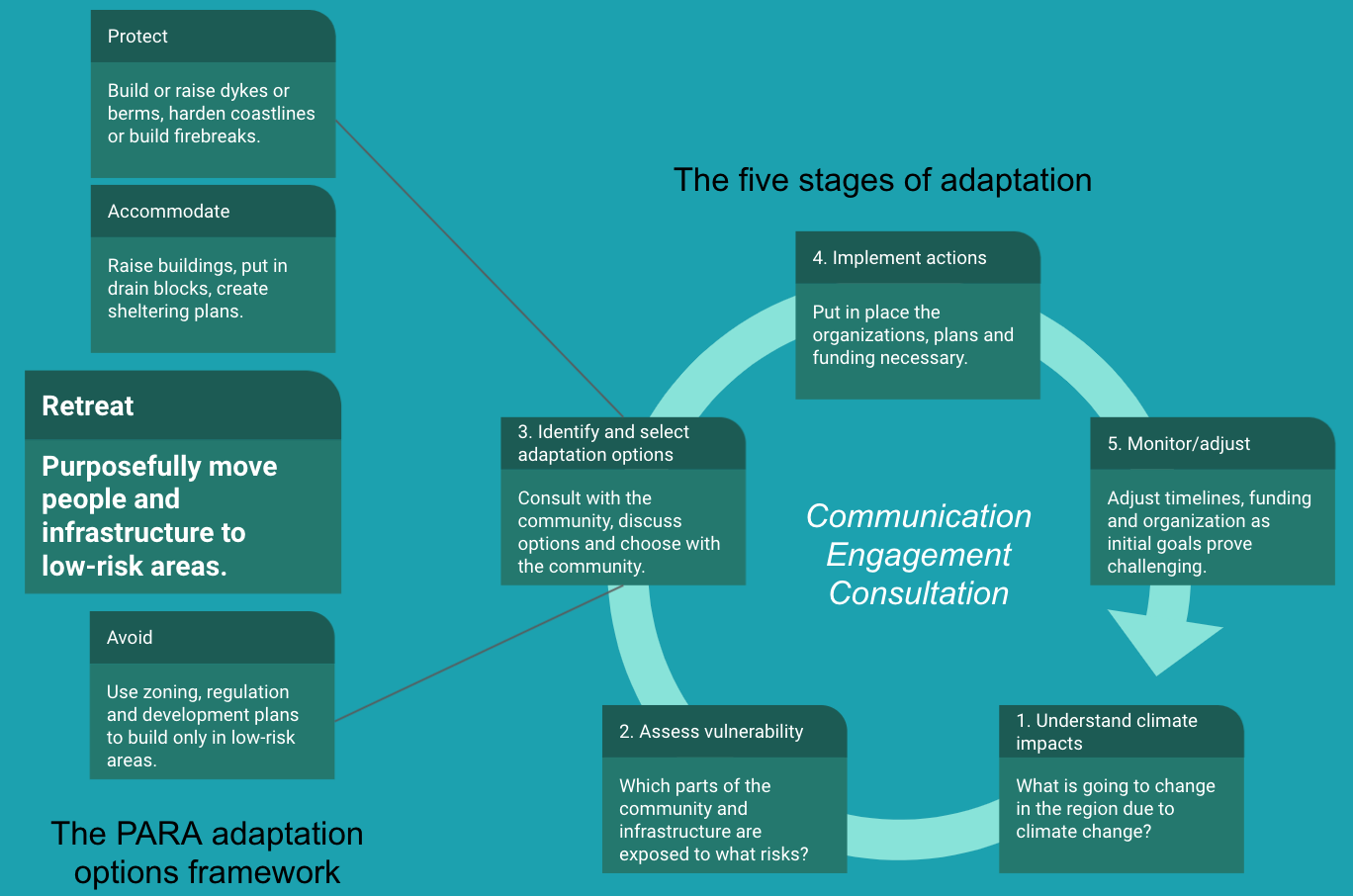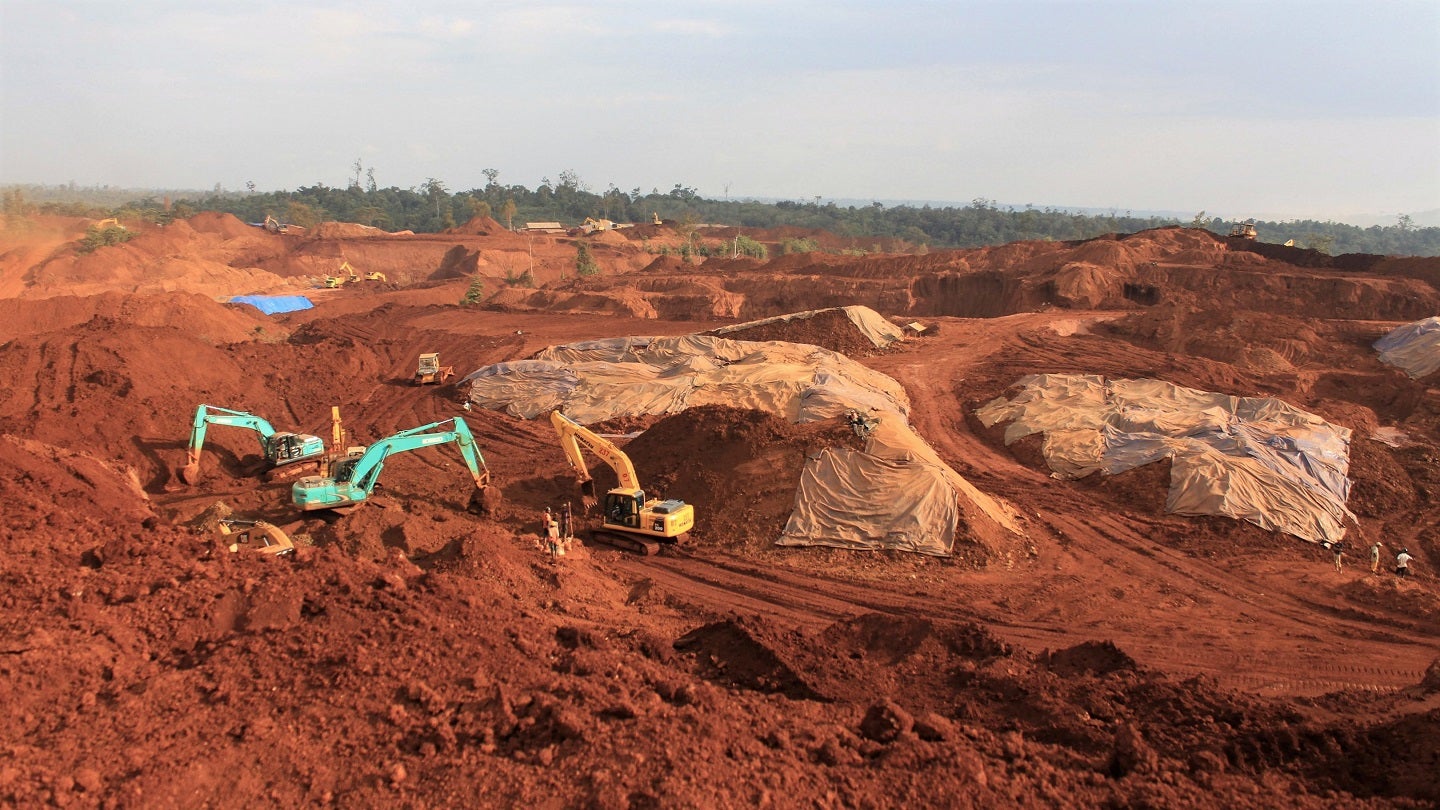Sign up for daily news updates from CleanTechnica on email. Or follow us on Google News!
What if you built a massive dike and it was a complete waste of money? That’s what Texas wants the US government to do for Houston. Ike’s Dike’s already massive budget projection of $34 billion just ballooned to $57 billion. If it gets approved and built, it will be the biggest civil engineering project in American history. Does it make any sense?
Let’s start with the bleedingly obvious. Houston is oil and gas central in the USA. It holds more responsibility per square mile, per capita and per dollar of GDP for the USA’s contribution to global warming in the past century than any other. Its billionaires and firms have funded more climate change denial than any other part of America and its biggest businesses have intentionally ignored climate scientists’ warnings for decades.
It’s also absurdly more vulnerable to climate change than most American cities, something that’s become very clear to everyone who lives there, or who watches any news out of the place.

Map of Houston with bayous and watersheds courtesy Resilient Houston report
While its average height is 50 feet above sea level, great swathes of it are reclaimed former swamps at sea level. The meandering bayous that define it are indicative of the bad planning and denial of the city for pretty much the entirety of the 20th century and well into the 21st.
Perhaps the biggest wake-up call was 2017 when Hurricane Harvey did a bunch of very unusual things due to climate change. The warmth of the Gulf of Mexico’s waters — due to global warming — meant that it expanded in size and power quickly. The instability of the polar jet stream — due to global warming — meant it made shore and then just stopped over the city. The much higher levels of water vapor over the Gulf of Mexico — due to global warming — meant that it just scooped up Gulf water and dumped it inland.
Hurricane Harvey poured about 127 billion tons of water on Houston. Scientists know that because of how deformed the earth’s crust was by the extra weight. Those 127 billion tons of water turned all of those meandering bayous and all the sprawling homes, buildings, and normally car-laden roads into flooded disaster zones.
The next year, pretty much the same thing happened because of a combination of rain upriver from Houston and an extended period of rain on Houston itself. In fact, there were six major flooding periods in the five years leading up to the Resilient Houston report. The city is pretty flat. When it floods, there just isn’t anywhere for water to go except into the sea, which is now — due to global warming — higher. Sea levels in the Houston area are about five inches higher than they were in 2010, on top of the several inches in preceding decades. Houston is pretty much leading the world in sea level rise, in part due to thermal expansion in the Gulf’s heated waters, in part due to ice melting elsewhere, and in part due to winds blowing Atlantic water into the Gulf. When there’s a hurricane pushing water inland, it’s on top of about eleven inches of extra water. The rate of rise might change with wind patterns, but the increase in sea level isn’t going to stop.
So what’s the plan? After 2008’s Hurricane Ike, a local marine scientist, instead of doing something wiser, started sketching out a massive barrier dune, dike, and gate system offshore from Houston. It ended up with the nickname Ike’s Dike, after the hurricane. That was given to the US Army Corps of Engineers, which was tasked with coming up with a more comprehensive set of plans for a hurricane storm surge protection system. Lots of Republican Texan politicians — okay, I’m being redundant — love the idea, people like Ted Cruz, Rick Perry, and Greg Abbot. You know, climate change denying Republicans who would love to yank the USA out of the Paris Accord again, and who have a deeply immoderate love of the fossil fuel industry.
You’ll note that none of the damage due to flooding in Houston was due to storm surge, but due to rain falling, just to belabor the point. You’ll probably be unsurprised to hear that virtually no articles about the plan include mention of climate change. This project has been on the books and the subject of innumerable articles in local papers since 2008, and per Google, exactly one article in any Texas outlet mentions both it and climate change.
After several years of study, the Army Corp came back with a budget number of $21 billion. And then $34 billion. One of those numbers was presented to the US Congress, which approved construction of the coastal hardening monstrosity, but didn’t immediately allocate funds. Texas wants the federal government to cover two-thirds of the costs.
That’s right. The Longhorn State, one of the leaders of the Red State love of states’ rights, the go-it-alone state, went to Congress, cap in hand, asking for the rest of the country to build it post facto protection from its own shortsighted, intentionally ignorant development over the preceding decades. The irony is sprayed on with fire hoses.
So far, Congress hasn’t allocated any money to the monstrosity. It may never do so, and certainly shouldn’t. The theoretical costs ballooned to $57 billion. Given that this is the megaproject to beat all megaprojects, the single biggest civil engineering project in the history of the USA, and given that only 0.5% of megaprojects achieve the trifecta of being on time, on budget, and delivering expected value per global megaproject expert Bent Flyvbjerg, my personal expectation is that if it went ahead, it would top $100 billion, a cool tenth of trillion.
Of course, that would be okay if it saved a significant fraction of a trillion dollars, one assumes. Would it? Well, a lot of people, including the Army Corp itself, don’t think so.
First off, the plan was originally for sufficiently high dunes to stop the storm surge from Hurricane Ike, 17 feet. Then as the Corps tried to figure out the art of the possible, they dropped the barriers down to 14 feet. And there’s a big hole in the barrier. And there isn’t a second barrier set, which the original marine academic proposed.
The Corps’ own material makes it clear that it probably wouldn’t be sufficient for Category 4 or 5 hurricane storm surge on a higher sea level Gulf of Mexico. One of the many impacts of climate change, in addition to that sea level rise, is that when hurricanes form, they get more severe more quickly.
And, of course, the six major flooding events in Houston weren’t from storm surge. Hurricane Harvey’s flooding alone cost $125 billion, the most expensive ‘natural’ disaster of 2017. Virtually all of that was from water lifted out of the Gulf by heat as water vapor and turned into rain and dropped on the city by a big circling cloud that the dike system would have exactly zero impact on.
So it will be absurdly expensive and won’t actually deliver much value. Is there anything else wrong with this picture? Why yes, yes there is.
What exactly is being protected in Houston and its counties? The biggest industry by far is going to go into radical decline over the next three decades.
Energy’s direct share of the area’s GDP has averaged 7 percent over the past decade—even though very little oil and gas is produced locally. Nondurable goods manufacturing, mostly refining and petrochemical output, accounted for 13 percent of GDP, while durable goods manufacturing tied to energy accounted for another 3–4 percent.
That’s a quarter of Houston’s GDP when added up. That’s direct GDP, not indirect GDP which is usually two to three times more. Call it half of Houston’s economy that is going to disappear by 2050. A lot of the stuff that the dike is theoretically going to be protecting will plummet in value. As jobs and the economy disappear, the people will leave too. Many of the bayous will turn back into swamp with buildings shattered and missing, a broken grimace of a city scape.

Adaptation framework including retreat image courtesy NRCAN
Here’s what Congress should do. They would fund not protection of a city which is going to dwindle, but intelligent retreat of the city, its people, and its infrastructure from areas most at risk from flooding and storm surge. It should take the Resilient Houston plan and pump it full of steroids.
Congress should get the US Corp of Engineers to do a full risk assessment and draw contour lines below which no one will live in the future. Congress should adjust FEMA’s flood insurance so that anyone remaining in areas to be abandoned receive exactly no insurance should they rebuild.
The cost of retreating from a swampy marsh full of economically dead assets is a lot cheaper than doing a megaproject that won’t do a damned thing. The boom and bust cycle of Houston is leading inexorably to a perpetual bust.
Good strategies start with acceptance of reality, as Richard Rumelt makes clear in Good Strategy / Bad Strategy. Both the Ike’s Dike fiasco and Resilient Houston are starting out in denial of reality. The Resilient report in its 92 pages uses the words “retreat,” “abandon,” and “leave” exactly zero times. The PARA adaptation options framework has four levers for dealing with climate risks, yet Resilient Houston’s plan only deals with two of them. Presumably its charter or biases tied its hands behind its back.
If Ike’s Dike gets funded by Congress, it will be a money pit that damages further the coastline of Texas, and it will be protecting a city that looks more and more like Detroit with each passing decade. The Oil Belt will join the Rust Belt in the economically withered parts of America. Throwing money at protecting it makes no sense.
Have a tip for CleanTechnica? Want to advertise? Want to suggest a guest for our CleanTech Talk podcast? Contact us here.
EV Obsession Daily!
I don’t like paywalls. You don’t like paywalls. Who likes paywalls? Here at CleanTechnica, we implemented a limited paywall for a while, but it always felt wrong — and it was always tough to decide what we should put behind there. In theory, your most exclusive and best content goes behind a paywall. But then fewer people read it!! So, we’ve decided to completely nix paywalls here at CleanTechnica. But…
Thank you!
Tesla Sales in 2023, 2024, and 2030
CleanTechnica uses affiliate links. See our policy here.




